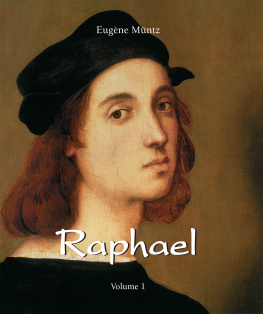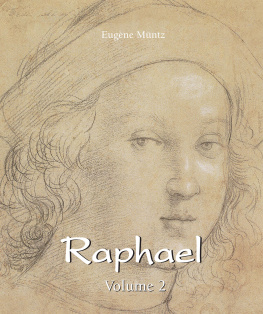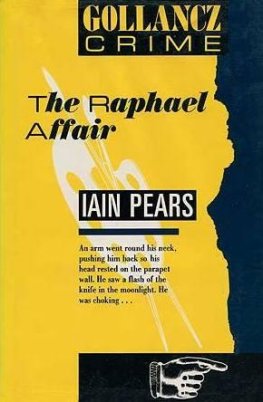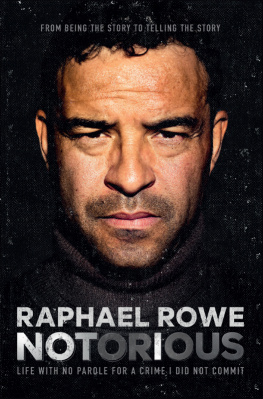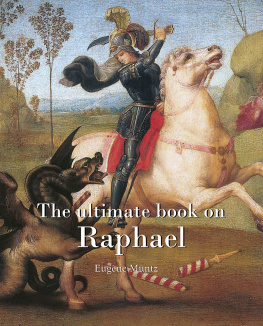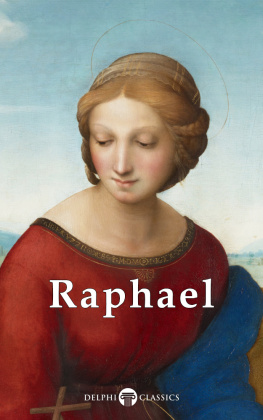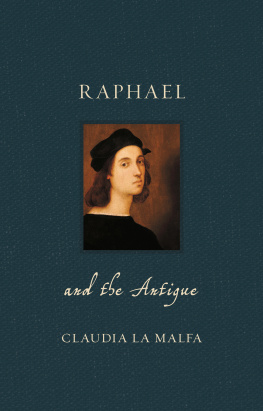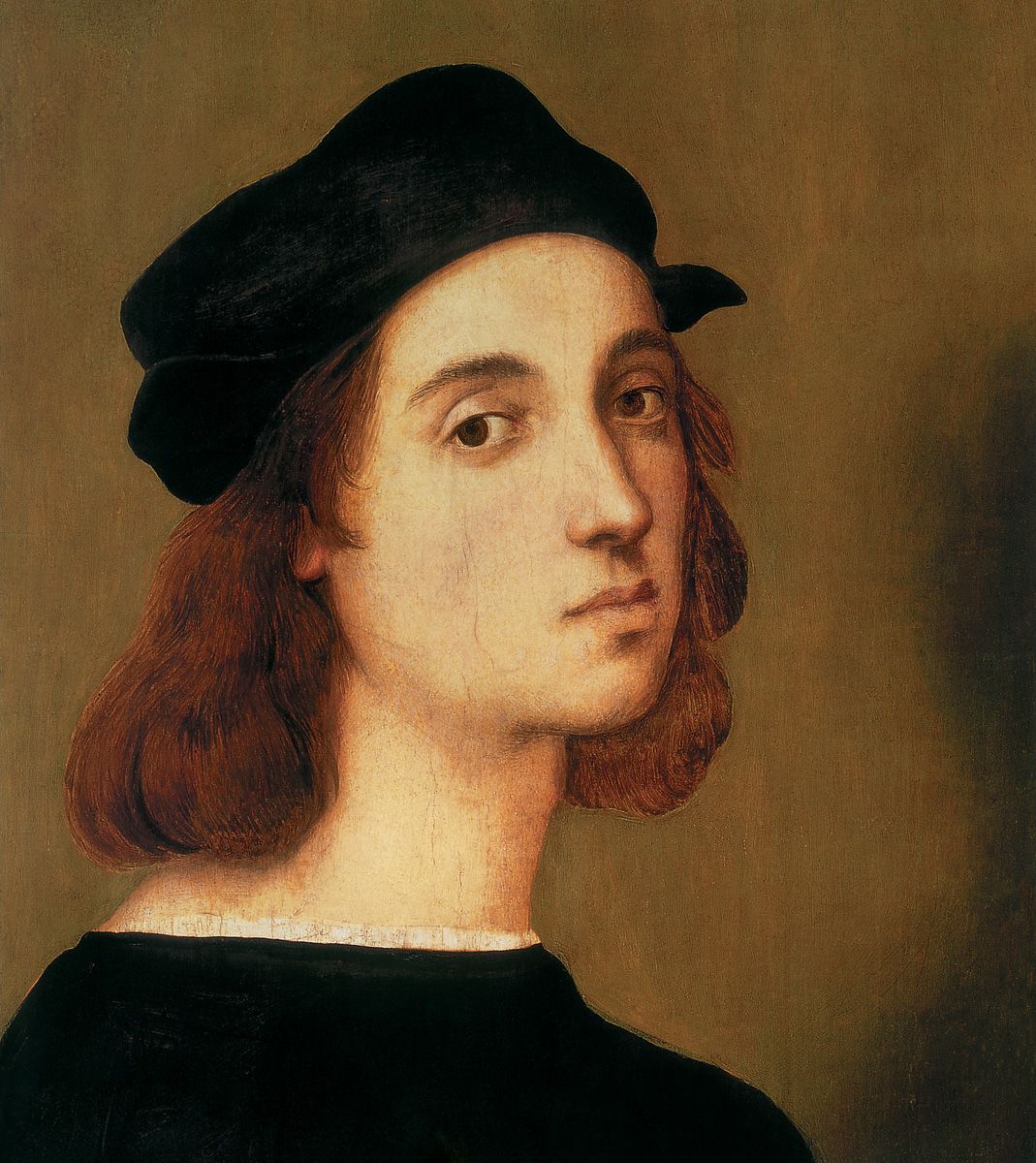Baseline Co. Ltd
All rights reserved.
No part of this publication may be reproduced or adapted without the permission of the copyright holder, throughout the world. Unless otherwise specified, copyright on the works reproduced lies with the respective photographers, artists, heirs or estates. Despite intensive research, it has not always been possible to establish copyright ownership. Where this is the case, we would appreciate notification.
Raphael in Urbino, Perugia, and Siena
The Town of Urbino and the Montefeltro Dynasty
The little duchy of Urbino, which had the honour of giving birth at a few years interval to the greatest of modern architects and the greatest of modern painters, Bramante and Raphael, is situated in the centre of the Apennines, at the point where Tuscany and Umbria meet. Few Italian provinces have more varied scenery, for there fertile and smiling hills suddenly start up into abrupt mountains, and while in one place the horizon is shut in by fantastic peaks, in another the eye can penetrate to the vast panorama of the Adriatic.
In the second half of the 15 th century, the duchy of Urbino was governed by the valiant and enlightened dynasty of the Montefeltros. Duke Frederick, who died in 1482, a year before the birth of Raphael, had fascinated all Italy by his exploits and splendour. He was a commander of the highest order, the worthy pupil of Piccinino, and the almost-invariably-successful adversary of Sigismund Malatesta, the enemy of God and man.
The Montefeltros were not ashamed to be mercenaries, or condottieri, and the title of Gonfalonier of the Church, conferred in later years upon the son of Duke Frederick by Pope Julius II, was only a complimentary one. But no one could have carried out his engagements with more chivalrous fidelity and dignity than Frederick, whose court was frequented by young Italian noblemen who wished to become familiar with all that belongs to a soldiers calling, and to fit themselves for the duties of statesmanship.
Frederick of Urbinos chief claim, however, to the regard of his contemporaries and of posterity, was the protection which he extended to literature and art. His was the golden age of the Renaissance, and the sincerity of his enthusiasm and the great sacrifices which he made for it have won for Duke Frederick of Montefeltro a place beside its two noblest champions, Pope Nicholas V and King Alfonso V of Naples. M. Rio, in his work on Christian art, puts the Urbinate prince even above the Medici, for it is difficult to believe that the encouragement given to new ideas by those financiers, who were so eager to place their country under the yoke of despotism, could have been exempt from selfish calculations while the Duke of Urbino had no need for devices to secure the affections of his subjects, whose cry of God preserve our good Duke came from the bottom of their hearts.
Fredericks son, Guidobaldo, born in 1472, carried on the traditions of his father. Brought up by the learned Martinengo, he displayed from his earliest days a fondness for study, and both literature and art found in him a hearty patron.
His courage and good sense endeared him to his subjects, while his wife, Elisabetta Gonzaga, daughter of the Marchese di Mantua, helped, by her beauty and grace, to consolidate his hold upon their affections. The inhabitants of Urbino showed how attached they were to him when they rose, in 1503, against the tyranny of Cesare Borgia and brought Guidobaldo back.
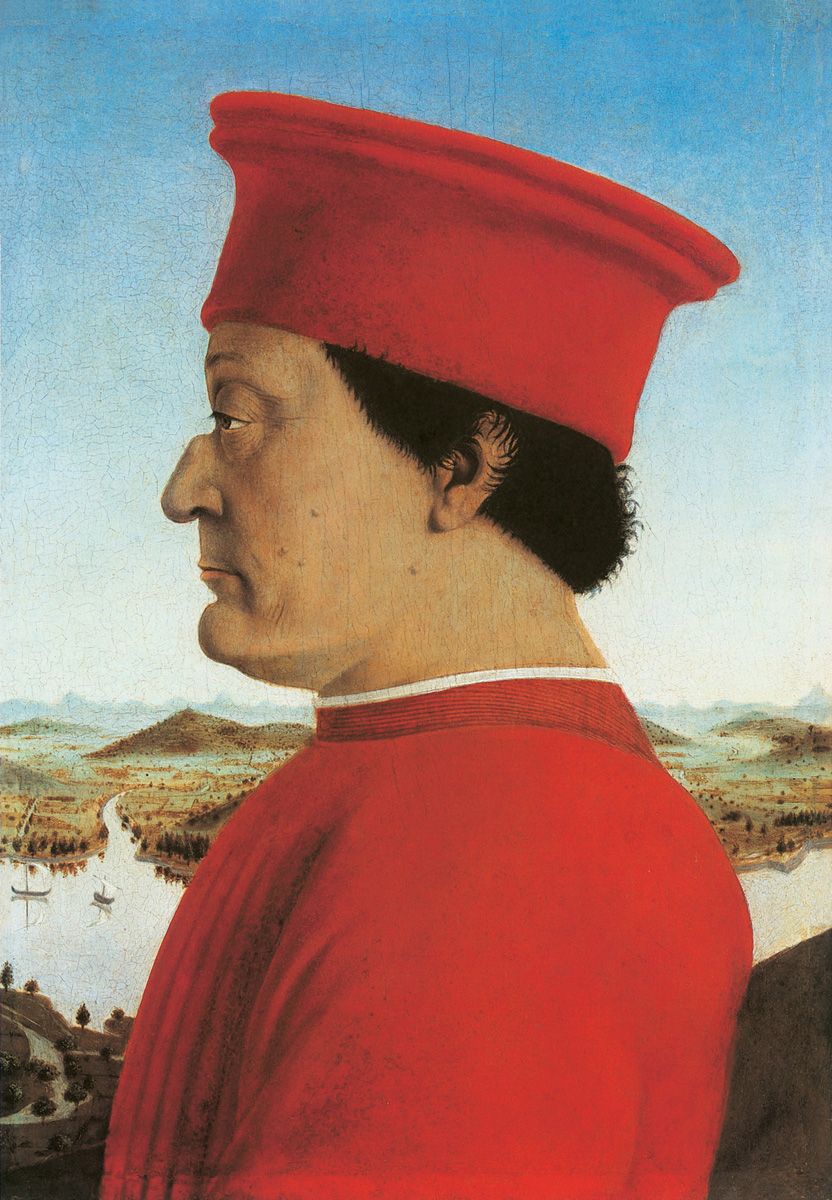
Piero della Francesca, Portrait of Duke Federico da Montefeltro (right panel of a diptych), c. 1465. Oil on canvas, 47 x 33 cm. Galleria degli Uffizi, Florence.
The Santi Family
The patient researches of a scholar of Urbino, Father Louis Pungileoni, have procured for us a very complete acquaintance with the family history of Raphael. His family belonged to a large village called Colbordolo, some few miles from the capital, and a person named Santi is known to have lived there in the 14 th century. One of his descendants, the great-grandfather of Raphael, Pietro or Peruzzolo, was a merchant at Colbordolo a century later, and after the pillage of his house and lands by Sigismund Malatesta, in 1446, the fear of a second attack induced him to go and live in Urbino in 1450. He died there seven years later, and his son carried on his business, also opening a shop for the sale of groceries, hardware, and so forth. His trade seems to have prospered, for he had saved enough by 1463 to buy for 200 ducats, a house, or rather two houses situated close together, in one of those steep streets of which there are so many in Urbino, the Contrada del Monte. This modest dwelling was destined to become famous, for it was here that Raphael was born.
In a letter addressed to Duke Guidobaldo, Giovanni Santi, the son of Santi and the father of Raphael, dwells in some detail upon the difficulties of his early life, beginning with the destruction of his home by Sigismund Malatesta, and going on to speak of the hard work he had to earn a livelihood. He ultimately selected the noblest of careers, that of an artist, and he becomes enthusiastic when he speaks of the marvellous and very famous art of painting (la mirabile, la clarissima arte de pictura). Notwithstanding the anxieties arising from the maintenance of his family, he did not regret his decision though he often found very heavy a burden which, to use his own words, would have appalled Atlas himself.
At what date Giovanni Santi began to work on his own account is uncertain, but we know that by the year 1469 he had his studio in Urbino, and in that year he was entrusted with the duty of receiving as a guest Piero della Francesca, one of the most famous representatives of the Florentine School, who had been summoned by the Brotherhood of the Corpus Domini to execute an altarpiece. Thinking that he would be more comfortable in the house of a fellow artist than at an inn, they asked Santi to lodge him, and though the latters pride must have suffered at finding a stranger selected to paint in the city in preference to himself, he received the Florentine with a good grace, and afterwards praised his talents in his Rhymed Chronicle of Urbino.
Giovanni Santi was, in all likelihood, past his first youth when he married Magia Ciarla, the daughter of a well-to-do tradesman of Urbino. From this marriage was born on April 6, 1483, the boy who was destined to shed such lustre on the name of Santi.
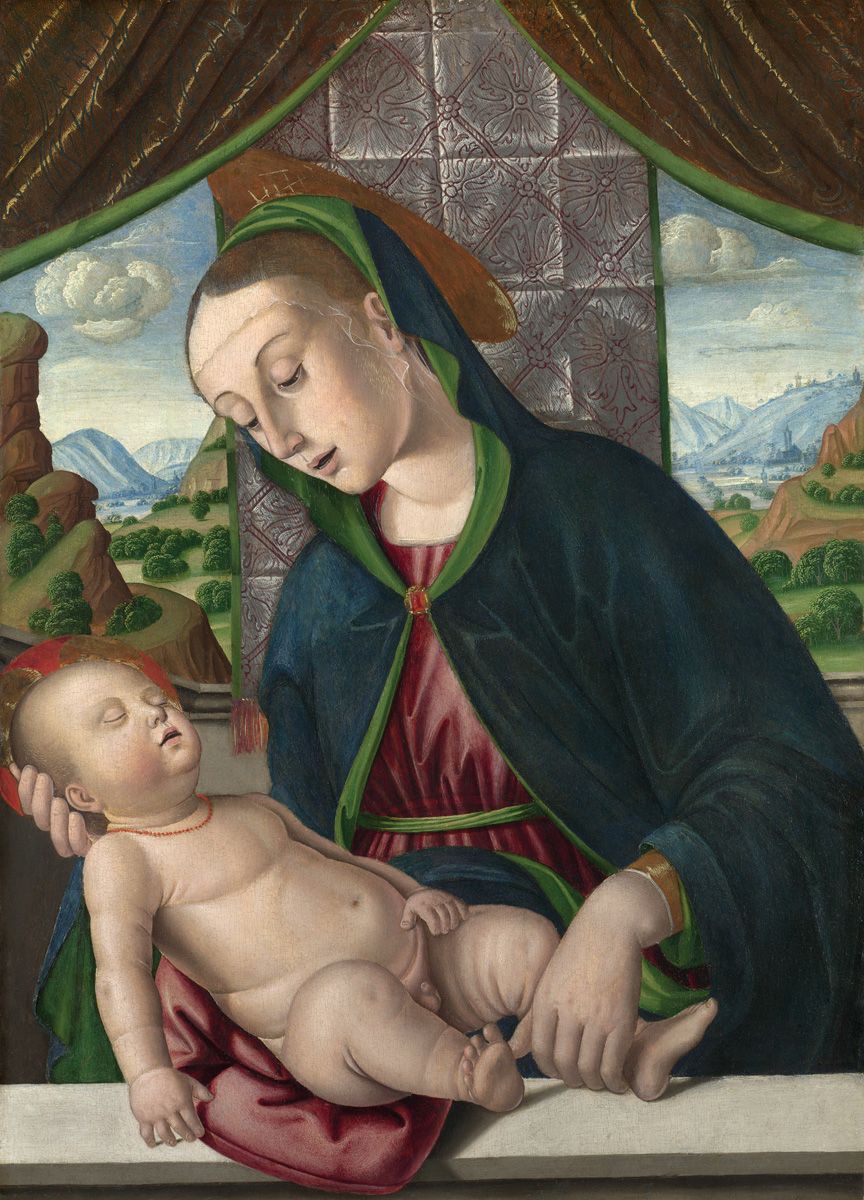
Giovanni Santi, The Virgin and Child, c. 1488. Egg and oil on wood, 68 x 49.8 cm. National Gallery, London.

